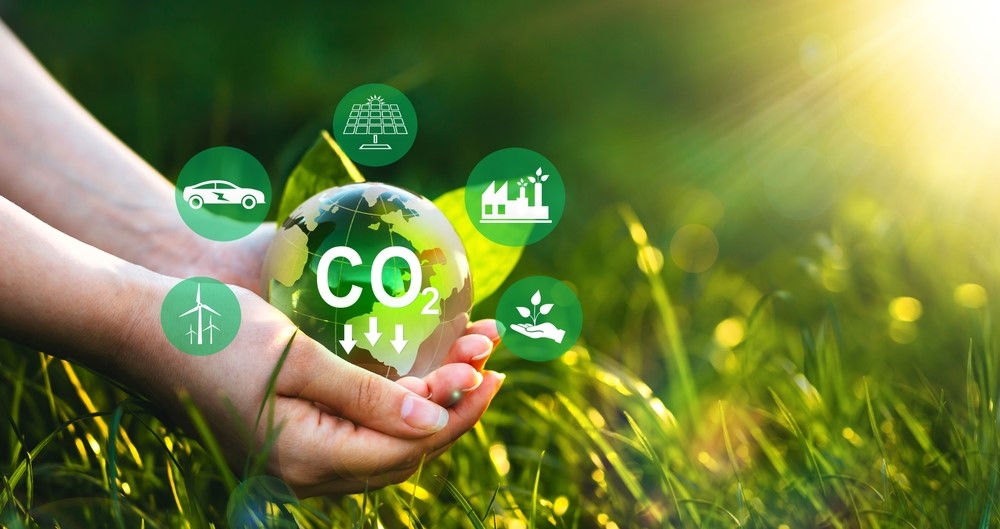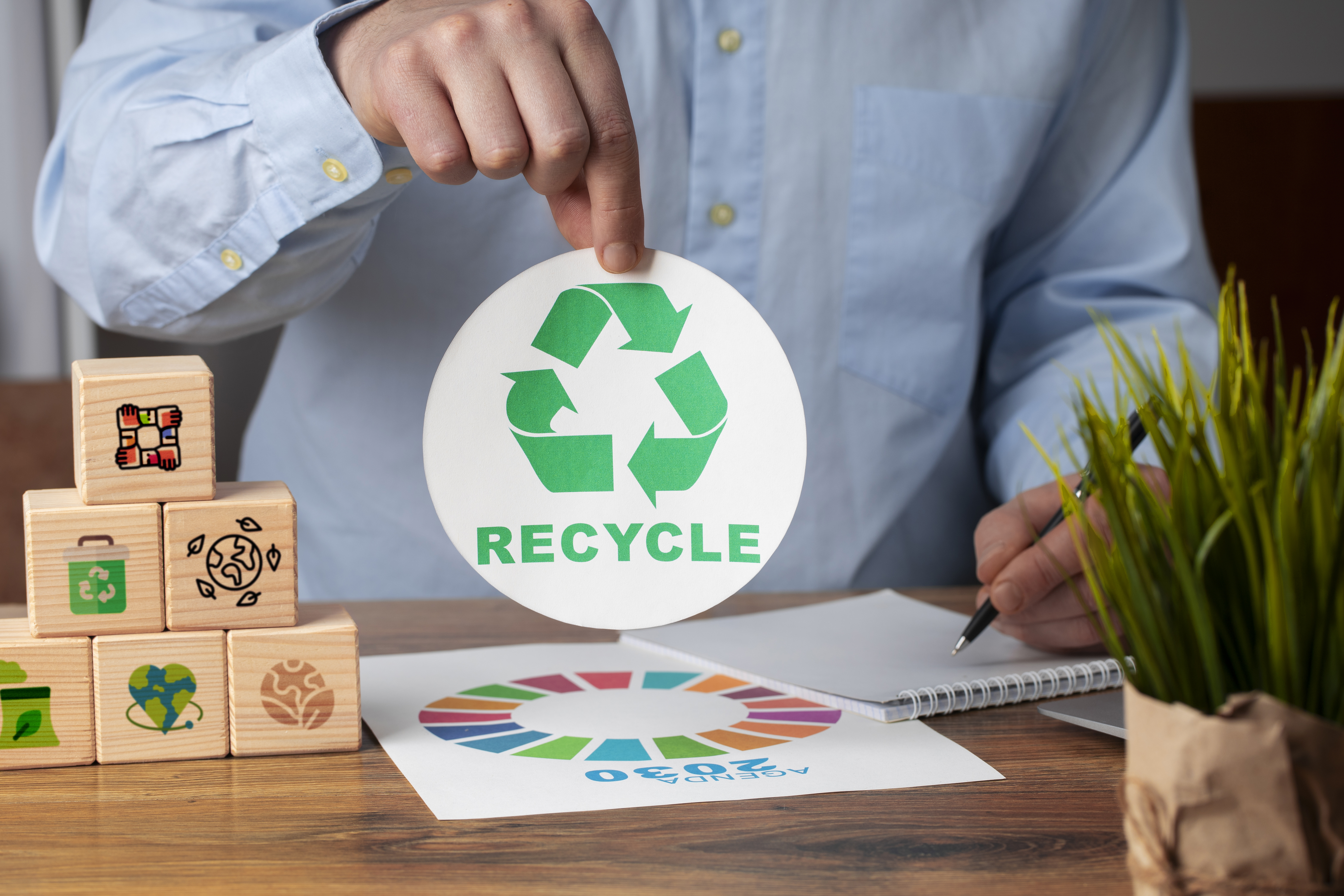Introduction
In a world where technology is advancing at an unprecedented pace, the release of a new iPhone is always met with great anticipation. However, beyond the sleek design and upgraded features, there is a growing concern for the environmental impact of our beloved smartphones. With the launch of the iPhone 15, Apple has made significant strides in addressing these concerns and has implemented sustainability upgrades that are worth exploring.
1. Sustainable Materials
One of the most notable sustainability upgrades in the iPhone 15 is the use of recycled and renewable materials. Apple has been actively working to reduce its carbon footprint, and this starts with the very materials that make up the device. The iPhone 15 incorporates a higher percentage of recycled materials in its construction, reducing the demand for new resources and minimizing waste. Additionally, the packaging for the iPhone 15 is made from 100% recycled materials, further reducing its environmental impact.
2. Reduced Carbon Emissions

Apple has committed to making its products and operations carbon neutral by 2030. To achieve this goal, the iPhone 15 is designed to be more energy-efficient and relies on renewable energy sources for its manufacturing processes. This helps reduce the carbon emissions associated with the production of each device.
Furthermore, the iPhone 15 features improvements in energy consumption, with more efficient processors and battery management. This not only extends the device’s battery life but also reduces the overall energy consumption during its lifetime.
3. Recycling and Trade-In Programs

To encourage responsible disposal of old devices, Apple has introduced recycling and trade-in programs. When you upgrade to the iPhone 15, you can return your old device to Apple, where they will responsibly recycle or refurbish it. This not only reduces electronic waste but also allows for the recovery of valuable materials from old iPhones.
The trade-in program also provides incentives for customers to exchange their old devices for credit towards a new one, extending the lifespan of existing products and reducing the need for new manufacturing.
4. Repairability and Longevity
One significant aspect of sustainability is the ability to repair and extend the lifespan of a product. The iPhone 15 comes with design improvements that make it easier to repair and replace components, such as the battery or screen. This not only reduces electronic waste but also encourages users to keep their devices longer, ultimately reducing the overall environmental impact.
Conclusion
As our society becomes increasingly conscious of the environmental challenges we face, it’s reassuring to see companies like Apple taking meaningful steps towards sustainability. The iPhone 15 represents a significant leap forward in this regard, with its use of recycled materials, reduced carbon emissions, and a commitment to recycling and trade-in programs.
While the sustainability upgrades in the iPhone 15 are commendable, it’s important to remember that the most sustainable phone is the one you already own. Extending the life of your current device through responsible usage and repair should always be the first step in reducing your ecological footprint.
As consumers, we have the power to drive change by supporting companies that prioritize sustainability. By choosing products like the iPhone 15, we are not only enjoying cutting-edge technology but also contributing to a more sustainable future for our planet.
